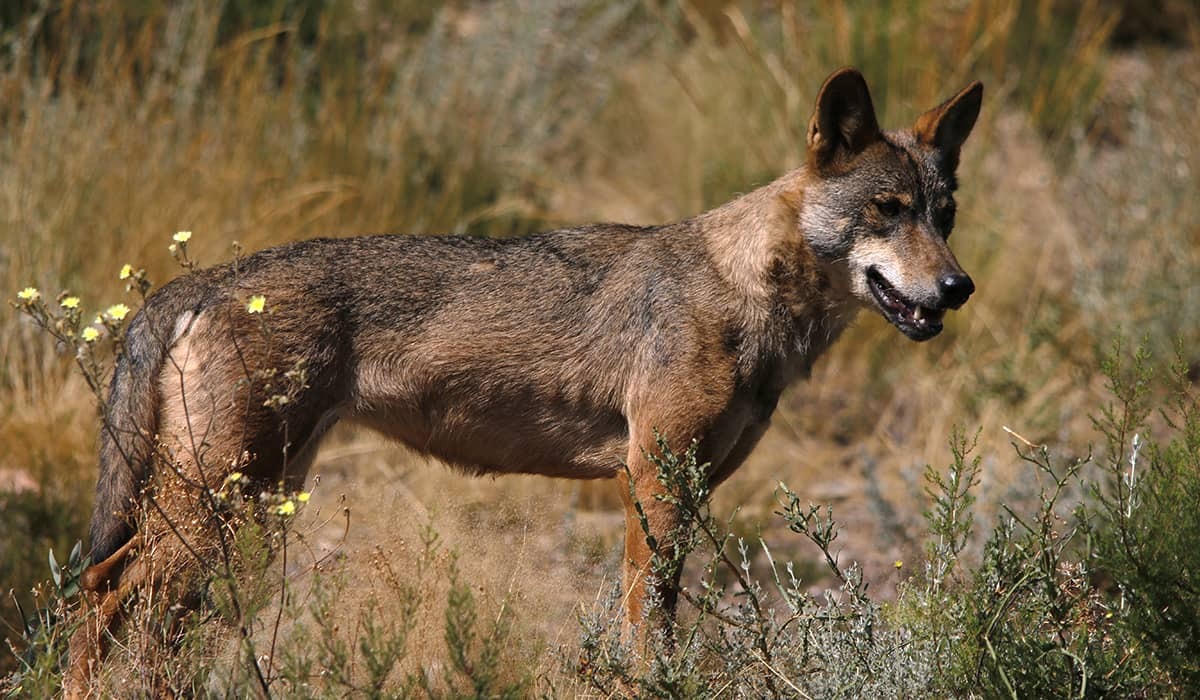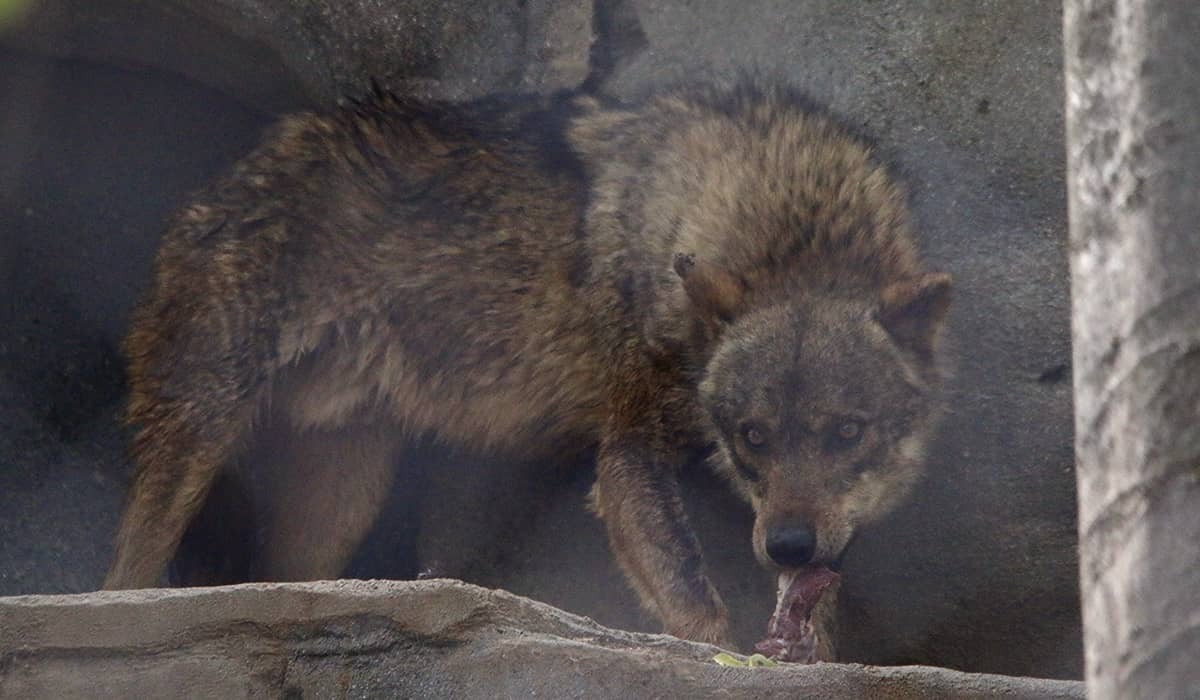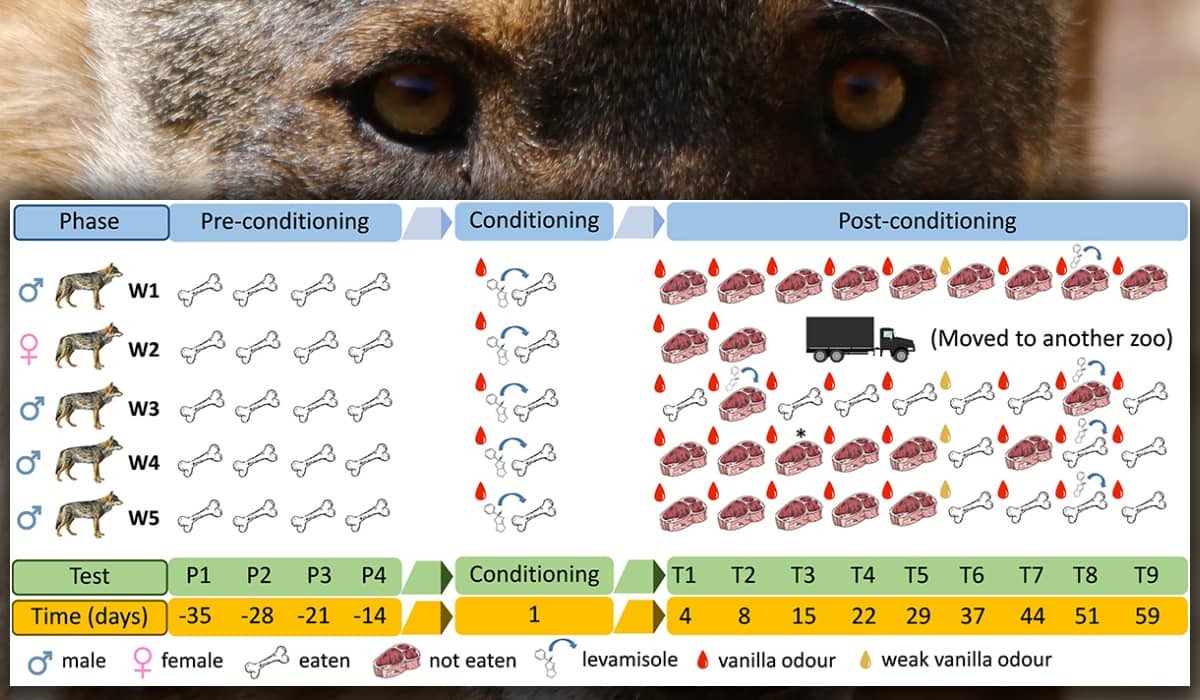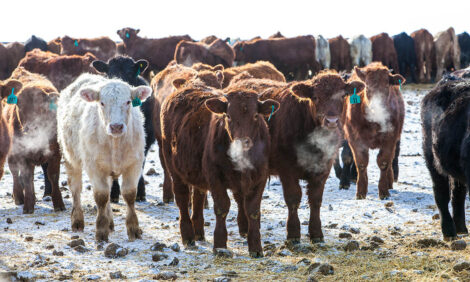



Conditioned aversion in wolves: first steps to reduce their predation on livestock
Conditioned prey aversion could be used as a non-lethal tool to reduce wolf predation on livestock, contributing to the necessary coexistence between humans, their livestock activities, and the wolf.Conditioned prey aversion could be used as a non-lethal tool to reduce wolf predation on livestock, contributing to the necessary coexistence between humans, their livestock activities, and the wolf.
Predation is a type of ecological interaction in which one animal – the predator – hunts another animal of a different species – the prey – for food. This biological relationship, which inexorably determines the death of one of the parties involved (the prey), is also one of the causes of the historical conflict between man and large carnivores throughout the world.
In geographical areas where a large predator coexists with the cattle herd that is bred extensively, it may see cattle as "easy prey" to feed on, causing damage to the livestock sector. The perception of the carnivore as a threat triggers the persecution of the species, which can generate serious conservation problems., not only for the carnivore in question, but for the entire ecosystem of which it is a part and its trophic web.
In a good part of the western world, also in Spain, the non-human protagonist of this conflict is represented by the wolf (Canis lupus). Until a few decades ago, the goal of ranchers and a part of rural society was to exterminate wolves. Such was the intensity of his persecution in Spain, where the species was about to disappear, that the teacher Félix Rodríguez de la Fuente gave him the nickname "the great outlaw". Fortunately, thanks to Félix himself, this destructive current has gradually changed and, at present, the resolution of this conflict involves reaching a balance that allows the necessary coexistence between the human being, his livestock activity and the wolf.

Obviously, this requires diverting the interest of large carnivores from attacking cattle that are bred extensively. The low effectiveness, the negative collateral effects and the social rejection of the lethal control of predators –whether by legal means, such as hunting; or illegal, such as the use of poison – has led to a growing interest in the use of non-lethal strategies to manage predation.
Traditionally, this has required guarding and guarding livestock, as well as the use of guard dogs. Other more modern methods include the use of electric fences or auditory deterrent devices. In all cases, these are approaches that incorporate an increase in the social acceptability of predator management in ethical and welfare terms. However, Recent studies have shown that, in many cases, the effectiveness of these deterrent interventions is also limited. and/or its implementation is very difficult or expensive, especially in remote areas.
A promising alternative could be in the application of conditioned aversion techniques to prey, which consist of using chemicals on the prey (or a substitute for it) that produce an unpleasant adverse effect –such as vomiting, nausea and/or diarrhea– on the predator, so that it learns to reject this prey in subsequent encounters by associating it with a taste or smell that causes discomfort. It is about triggering a natural survival mechanism that many predators develop to avoid eating toxic or spoiled food once they have had a bad first experience.
Scientists from the Game Resources and Wildlife Management Group and the Wildlife Toxicology Group of the Instituto de Investigación en Recursos Cinegéticos (IREC – CSIC, UCLM, JCCM), in collaboration with other scientific institutions, have advanced in the development of conditioned prey aversion as a non-lethal tool for predation control.
So far, they have managed to apply it successfully to protect the nests of red partridges or other birds that nest on the ground from predation by foxes by inducing an aversion to taste, and to reduce the incidence of fox predation on wild rabbits during translocations by inducing an aversion to the odor. The good results obtained led them to consider whether conditioned prey aversion could be used to prevent wolf predation on livestock, thus contributing to guarantee its coexistence with livestock activity and, with it, the conservation of the canid.
To resolve this question, the IREC researchers, in this case in collaboration with scientists from the Mixed Biodiversity Research Unit (UMIB-CSIC) of the University of Oviedo and the Córdoba Zoological Park, have studied the potential of conditioned prey aversion by inducing odor aversion experimentally, with captive wolves, as a first step towards the development of future field interventions aimed at reducing wolf predation on livestock.

The researchers induced odor aversion in 5 wolves from the Córdoba Zoological Park, using mouflon meat with an antiparasitic chemical substance that causes an unpleasant effect when consumed and smells of vanilla. The results obtained showed that, with just one occasional exposure to the antiparasitic, 4 of the 5 wolves used in the experiment developed an aversion to mouflon meat for at least one month. These animals learned that consuming vanilla-scented meat caused them discomfort, so they chose not to consume it in subsequent encounters for at least a month, when the meat actually no longer contained the antiparasitic.
After this time, the researchers reduced the amount of vanilla odor by feeding the same mouflon meat to the wolves, causing 2 of the wolves that had developed an aversion to eat the meat again. This indicates that maintenance of conditioned aversion to prey by a scent cue depends on the presence of that scent.

This research paper demonstrates that the use of conditioned prey aversion via a scent cue could be used in a number of ways to protect livestock from the wolf. On the one hand, could allow the creation of an odor “buffer zone” to protect livestock in fenced areas. However, this strategy may have to be limited only to farms with a high frequency of attacks, due to the difficulty of applying it to all farms subject to risk, especially in complex livestock systems. This method can be safe for the predator because the aversive effect itself means that repeated ingestions of the bait with the antiparasitic do not occur.
On the other hand, conditioned prey aversion could be used in very specific cases to protect high-value animals found in extensive, placing a device (for example, a necklace) that can give off the smell to which the aversion has been generated. The development of such a device, with low maintenance and easily rechargeable odor, may be essential for the implementation of conditioned odor aversion in free-range cattle in remote areas.
The development of this technique requires testing under field conditions to determine if it can effectively be a tool that adds to the "kit" of non-lethal interventions aimed at minimizing the predatory pressure of wolves on livestock. In addition, its study in the field has the potential to offer other possible uses in the field of conservation and management of wildlife.


